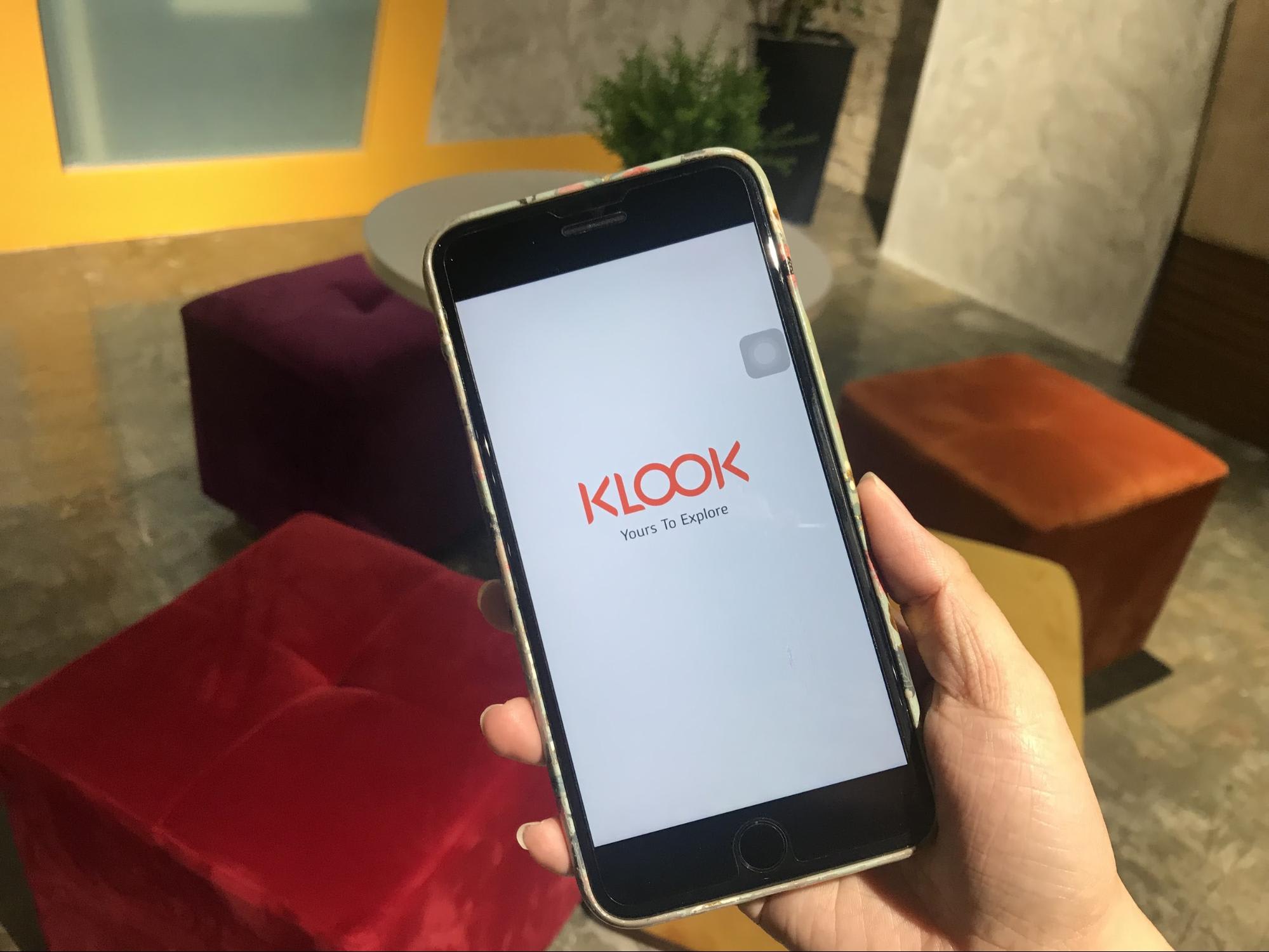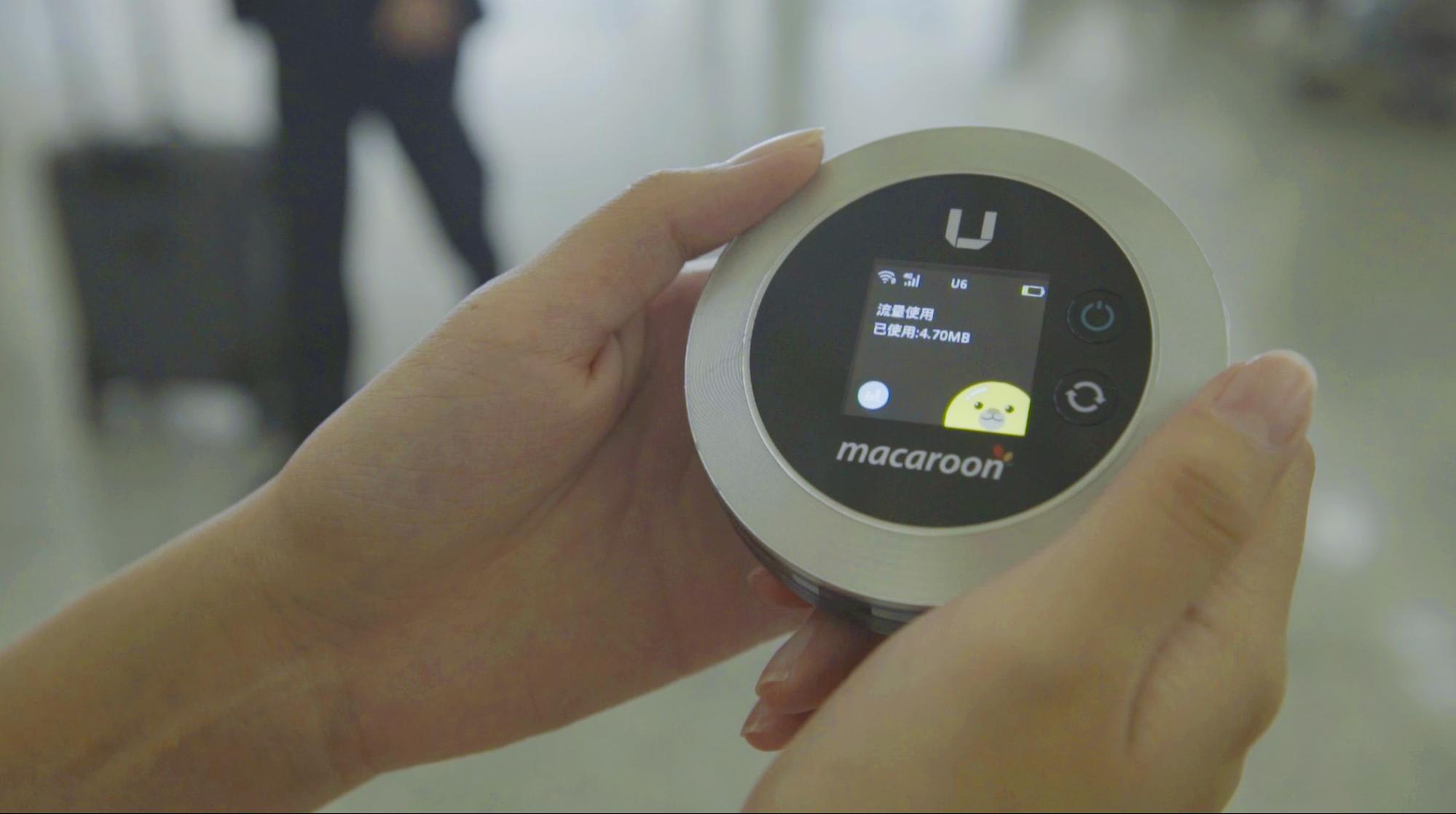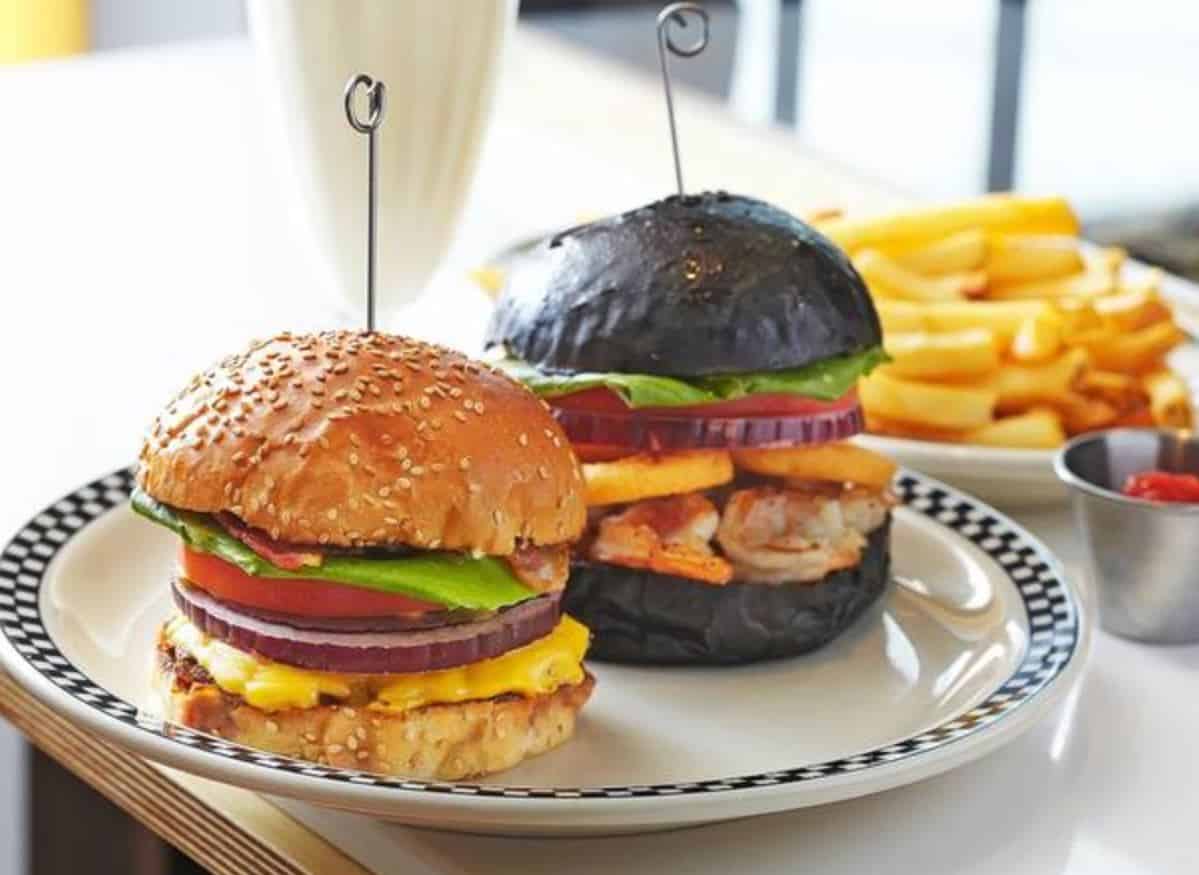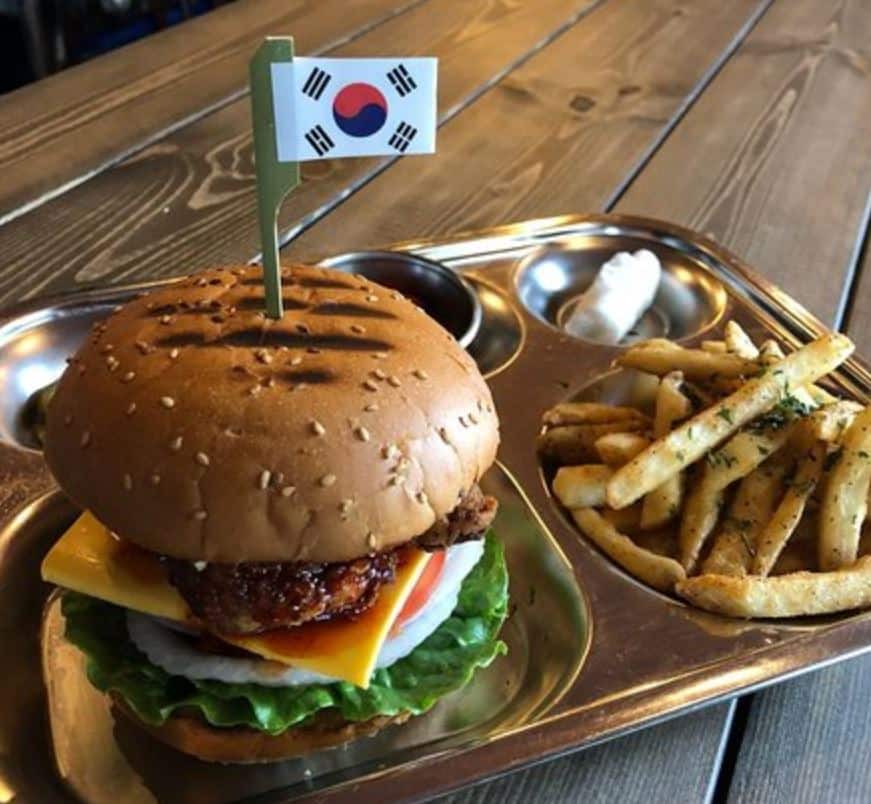
Flowers
Location: Just inside the entrance
Why they’re here: “Flowers can enhance the image of a store,” explains Wendy Liebmann, founder, and president of WSL Strategic Retail. “Consumers walk into something that is pretty, smells great, and builds the notion of ‘fresh.’”
Shopping tip: Buy supermarket flowers for convenience, not value. The prices may be low, but the flowers are seldom as fresh as those from local florists.
Why they’re here: “Flowers can enhance the image of a store,” explains Wendy Liebmann, founder, and president of WSL Strategic Retail. “Consumers walk into something that is pretty, smells great, and builds the notion of ‘fresh.’”
Shopping tip: Buy supermarket flowers for convenience, not value. The prices may be low, but the flowers are seldom as fresh as those from local florists.

Produce
Location: Immediately past the flowers
Why it’s here: To create a tempting sensory experience. “Stores need to communicate to shoppers that produce is fresh or else people won’t buy anything,” says Liebmann.
Shopping tips: Reach to the back and dig for the freshest items. “The smart retailers always have the oldest merchandise in front or on top, since they need to get rid of it quicker,” says Mike Tesler, president of Retail-Concepts. Buy produce during the week. “Most deliveries come in Monday through Friday,” Underhill says.
Why it’s here: To create a tempting sensory experience. “Stores need to communicate to shoppers that produce is fresh or else people won’t buy anything,” says Liebmann.
Shopping tips: Reach to the back and dig for the freshest items. “The smart retailers always have the oldest merchandise in front or on top, since they need to get rid of it quicker,” says Mike Tesler, president of Retail-Concepts. Buy produce during the week. “Most deliveries come in Monday through Friday,” Underhill says.

Bakery
Location: In the corner beyond the entrance
Why it’s here: “The bakery gets your salivary glands going,” Underhill says. This makes you feel hungry, and “the hungrier you are when you shop, the more food you will buy.”
Shopping tip: Shop after a meal, or have a snack first.
Why it’s here: “The bakery gets your salivary glands going,” Underhill says. This makes you feel hungry, and “the hungrier you are when you shop, the more food you will buy.”
Shopping tip: Shop after a meal, or have a snack first.

Grab-and-Go Items (Milk, Bottled Water, Snacks)
Location: Near the entrance
Why they’re here: “To get back business lost to convenience stores, supermarkets started adding sections upfront for grab-and-go items,” Tesler says.
Shopping tip: If all you need is a quart of milk, get it here to avoid the temptations lurking along the way to the dairy case at the back of the store.
Why they’re here: “To get back business lost to convenience stores, supermarkets started adding sections upfront for grab-and-go items,” Tesler says.
Shopping tip: If all you need is a quart of milk, get it here to avoid the temptations lurking along the way to the dairy case at the back of the store.

Bank
Location: Close to the entry
Why it’s here: “To get more money in the hands of the shopper, so she will spend it,” Tesler says.
Shopping tip: Set a budget before you shop and bring a calculator to keep a running tally, suggests William Schober, editorial director of Path to Purchase Institute.
Why it’s here: “To get more money in the hands of the shopper, so she will spend it,” Tesler says.
Shopping tip: Set a budget before you shop and bring a calculator to keep a running tally, suggests William Schober, editorial director of Path to Purchase Institute.

Endcap Displays
Location: Ends of the aisles
Why they’re here: Product manufacturers pay for prominent “endcap” placement—on the ends of the aisles—to advertise new or popular products.
Shopping tip: Display doesn’t necessarily mean a discount. “A lot of times, [the items in] endcaps are just something new or in season,” says Schober. “If it’s on sale, believe me, it will be prominently marked. And watch endcaps for a recurring pattern. Leading brands often compete in this way. If Coke is on sale in an endcap display one week, it will probably be Pepsi the following week.” If you don’t see the brand you like, just wait for it to come around.
Why they’re here: Product manufacturers pay for prominent “endcap” placement—on the ends of the aisles—to advertise new or popular products.
Shopping tip: Display doesn’t necessarily mean a discount. “A lot of times, [the items in] endcaps are just something new or in season,” says Schober. “If it’s on sale, believe me, it will be prominently marked. And watch endcaps for a recurring pattern. Leading brands often compete in this way. If Coke is on sale in an endcap display one week, it will probably be Pepsi the following week.” If you don’t see the brand you like, just wait for it to come around.

“Retail-tainment” (Cooking Demonstrations, Displays, Free Samples)
Location: Free-floating displays lining one of the outside walls
Why they’re here: Sampling stations slow you down while also exposing you to new products.
Shopping tip: To avoid unnecessary hunger-driven purchases, head right for the free samples if you arrive at the supermarket on an empty stomach.
Why they’re here: Sampling stations slow you down while also exposing you to new products.
Shopping tip: To avoid unnecessary hunger-driven purchases, head right for the free samples if you arrive at the supermarket on an empty stomach.

Deli and Coffee Bar
Location: In one of the front corners
Why they’re here: If you’re hungry for lunch, you will shop in a hurry. But if you can have lunch right in the store, “you will stay and relax,” says Liebmann.
Shopping tip: The food quality at in-store delis is usually good-they tend to use fresh products that will encourage customers to buy after they eat.
Why they’re here: If you’re hungry for lunch, you will shop in a hurry. But if you can have lunch right in the store, “you will stay and relax,” says Liebmann.
Shopping tip: The food quality at in-store delis is usually good-they tend to use fresh products that will encourage customers to buy after they eat.

Pharmacy
Location: On the perimeter near the exit
Why it’s here: “If you are filling a prescription, ” Liebmann says, “you need to wait, spend more time, and put another item in your basket.”
Shopping tips: Drop off prescriptions before you start grocery shopping to minimize idle waiting. You may find better deals on health and beauty products in a supermarket than at a drugstore. There is a large profit margin on these products, which supermarkets are sometimes willing to cut into to gain more regular pharmacy business.
Why it’s here: “If you are filling a prescription, ” Liebmann says, “you need to wait, spend more time, and put another item in your basket.”
Shopping tips: Drop off prescriptions before you start grocery shopping to minimize idle waiting. You may find better deals on health and beauty products in a supermarket than at a drugstore. There is a large profit margin on these products, which supermarkets are sometimes willing to cut into to gain more regular pharmacy business.

General Merchandise, Cooking Ingredients, and Canned Goods
Location: In the center aisles
Why they’re here: To draw consumers deeper into the market and expose them to nonessential items along the way.
Shopping tip: Stay focused on making a list. For more on product shelf placement, see Shelf Layout.
Why they’re here: To draw consumers deeper into the market and expose them to nonessential items along the way.
Shopping tip: Stay focused on making a list. For more on product shelf placement, see Shelf Layout.

Dairy Products, Eggs, Meat, and Other Staples
Location: Along the back wall of the store
Why they’re here: “Stores typically put these items in the farthest reaches of the store to expose customers to the maximum amount of product on their ‘quick trip’ so they will impulsively buy other things,” says Tesler.
Shopping tip: As with produce, take eggs and milk from the back of the case; older merchandise tends to be pushed forward.
Why they’re here: “Stores typically put these items in the farthest reaches of the store to expose customers to the maximum amount of product on their ‘quick trip’ so they will impulsively buy other things,” says Tesler.
Shopping tip: As with produce, take eggs and milk from the back of the case; older merchandise tends to be pushed forward.

Impulse Buys (Candy, Magazines, Etc.)
Location: By the registers and exit
Why they’re here: To turn to wait time into buying time. This is the most profitable area of the store, Underhill says.
Shopping tip: “Express” doesn’t always mean faster. Studies have shown that the wait in the “express” lane is almost identical to the regular checkout wait, says Craig Childress, CEO of Envirosell—three minutes and 11 seconds, on average. So go with what seems to be the shortest line, express or not.
Why they’re here: To turn to wait time into buying time. This is the most profitable area of the store, Underhill says.
Shopping tip: “Express” doesn’t always mean faster. Studies have shown that the wait in the “express” lane is almost identical to the regular checkout wait, says Craig Childress, CEO of Envirosell—three minutes and 11 seconds, on average. So go with what seems to be the shortest line, express or not.

Shelf Layout
The placement of items on store shelves is not haphazard. Here, the experts explain what’s up, what’s down, and what’s in the “bull’s-eye”—and why.
Top Shelf
What’s there: Smaller brands, regional brands, gourmet brands.
Why: The items here give “tone and texture” to the shelf layout, Liebmann says, helping the supermarket stand out from its competitors. These smaller brands usually don’t have the budgets to pay for more favorable placement.
Shopping tip: The specialty items found on the top shelf are generally chosen by local store managers, not determined by the supermarket’s central headquarters. If you’d like your store to stock a particular item on this shelf, talk to the manager.
Why: The items here give “tone and texture” to the shelf layout, Liebmann says, helping the supermarket stand out from its competitors. These smaller brands usually don’t have the budgets to pay for more favorable placement.
Shopping tip: The specialty items found on the top shelf are generally chosen by local store managers, not determined by the supermarket’s central headquarters. If you’d like your store to stock a particular item on this shelf, talk to the manager.
“Bull’s-Eye Zone” (Second and Third Shelves from the Top)
What’s there: Bestsellers and other leading brands.
Why: “Brands that sell best are always in what’s called the ‘bull’s-eye zone,’ front and center, right in your sightline. It is the best placement, and the manufacturers have to pay for it,” says Childress. Tesler adds: “There’s no advantage for the supermarket to show you the lowest-priced item in the most effective spot. So here you tend to see higher-priced items or items with the highest markup.” Secondary brands hoping to benefit from being shelved next to the leaders also pay for placement in the bull’s-eye.
Shopping tip: Look below the bull’s-eye to find similar products for a lot less, says Childress.
Why: “Brands that sell best are always in what’s called the ‘bull’s-eye zone,’ front and center, right in your sightline. It is the best placement, and the manufacturers have to pay for it,” says Childress. Tesler adds: “There’s no advantage for the supermarket to show you the lowest-priced item in the most effective spot. So here you tend to see higher-priced items or items with the highest markup.” Secondary brands hoping to benefit from being shelved next to the leaders also pay for placement in the bull’s-eye.
Shopping tip: Look below the bull’s-eye to find similar products for a lot less, says Childress.
Kids’ Eye-Level Shelf
What’s there: Products with kid appeal.
Why: “Kids can react and reach out to a product,” says Tesler.
Shopping tip: Leave the children at home, if possible. Otherwise “you are bound to spend more money,” Liebmann says—10 to 40 percent more, according to industry studies. “If kids are with you, give them something right upfront—a balloon, a lollipop, juice, some fruit, a kid-size shopping cart—to help keep them happy and calm and to prevent them from putting things in your basket.”
Why: “Kids can react and reach out to a product,” says Tesler.
Shopping tip: Leave the children at home, if possible. Otherwise “you are bound to spend more money,” Liebmann says—10 to 40 percent more, according to industry studies. “If kids are with you, give them something right upfront—a balloon, a lollipop, juice, some fruit, a kid-size shopping cart—to help keep them happy and calm and to prevent them from putting things in your basket.”
Bottom Shelf
What’s there: Store and private-label brands; oversize and bulk items.
Why: “Store brands go on shelves four and five because people who buy store brands will always hunt for them,” says Childress. “The supermarkets carry bulk items to compete with warehouse clubs like Sam’s and Costco,” Liebmann explains, and bulk items are awkward to store anyplace but the bottom shelf.
Shopping tips: “Store brands are usually close to the market leader in quality yet less costly,” says Liebmann. Underhill adds: “The same manufacturer that makes the branded product often manufactures the house brand. It may be for all practical purposes the same product in a different package.” When buying bulk items, don’t go overboard. “Americans often buy more than we need with the idea that we’ll store it, ” says Underhill. “If you have 64 rolls of toilet paper, it isn’t really a bargain; it’s money out of your pocket that could be earning interest in the bank instead. And the more you have, the more you tend to use.”
Why: “Store brands go on shelves four and five because people who buy store brands will always hunt for them,” says Childress. “The supermarkets carry bulk items to compete with warehouse clubs like Sam’s and Costco,” Liebmann explains, and bulk items are awkward to store anyplace but the bottom shelf.
Shopping tips: “Store brands are usually close to the market leader in quality yet less costly,” says Liebmann. Underhill adds: “The same manufacturer that makes the branded product often manufactures the house brand. It may be for all practical purposes the same product in a different package.” When buying bulk items, don’t go overboard. “Americans often buy more than we need with the idea that we’ll store it, ” says Underhill. “If you have 64 rolls of toilet paper, it isn’t really a bargain; it’s money out of your pocket that could be earning interest in the bank instead. And the more you have, the more you tend to use.”



.jpg)






















